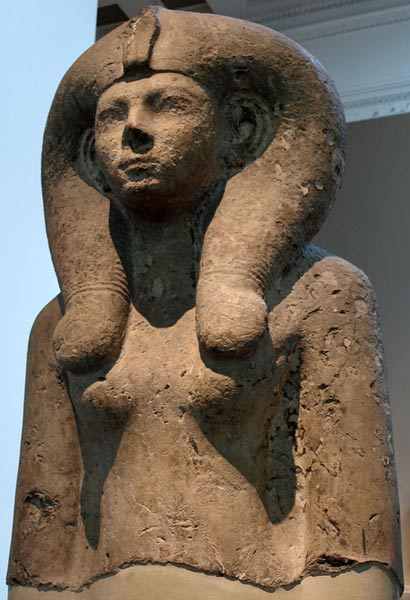
Big Wigs and Hairpieces: Artificial Hair of the Ancient World
For thousands of years humans have been reinventing their image with various headdresses, wigs, hair extensions and hats, for a multitude of purposes. Preserved wigs reflect the fashion and cultural expressions of societies, and reveal the everday lives of the ancients.
Ancient Egyptian Wigs
The most ancient of wigs and hairpieces dating back to early recorded history were made and worn by the Ancient Egyptians. Wigs were worn for a variety of reasons, but were a mainstay and essential part of a wardrobe—especially for the elite of society—as wearing a wig indicated high status.
It is often said the heat of the region caused people to shave their heads and faces in Ancient Egypt, and they then wore wigs to protect their heads from the sun while remaining cool. However, styles varied and heads were only sometimes shaved, whereas other times short hair was worn underneath wigs or false hair extensions. As such, wigs weren’t solely a protective headcover. They played a significant role as fashion statements and served as social signifiers.






